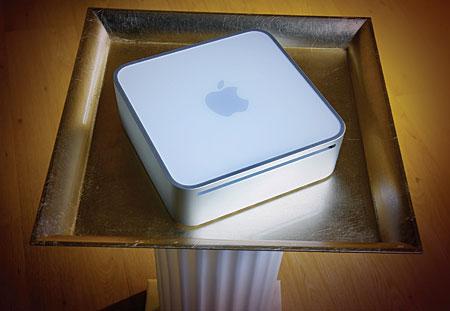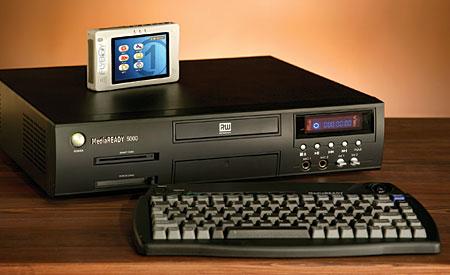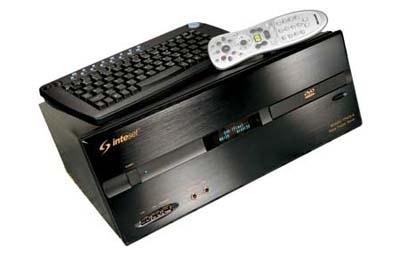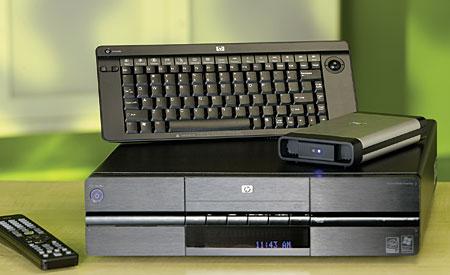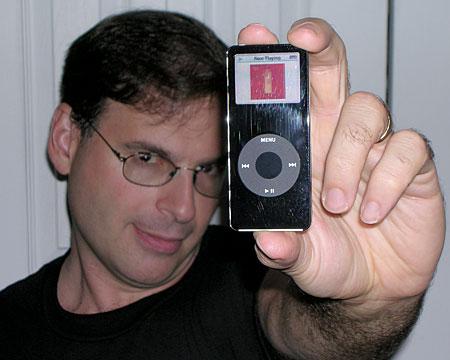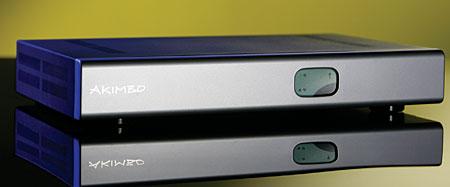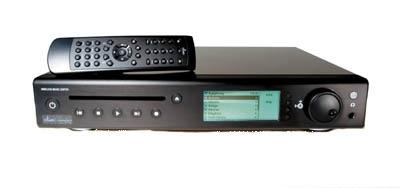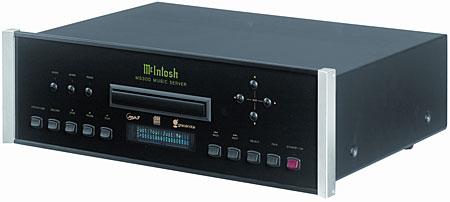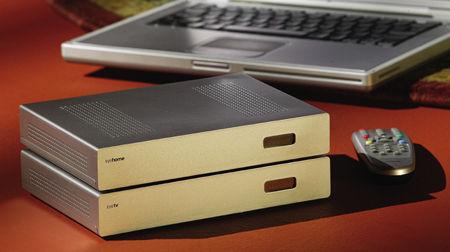Media Server Reviews
Sort By: Post Date TitlePublish Date
|
Jul 24, 2006 |
|
Apr 18, 2006 |
First Published: Apr 19, 2006 |
|
Jan 31, 2006 |
First Published: Jan 01, 2006 |
|
Aug 21, 2005 |
|
Dec 14, 2004 |
First Published: Dec 15, 2004 |
|
Nov 07, 2004 |
First Published: Nov 01, 2004 |
|
Mar 12, 2004 |
First Published: Feb 01, 2004 |
